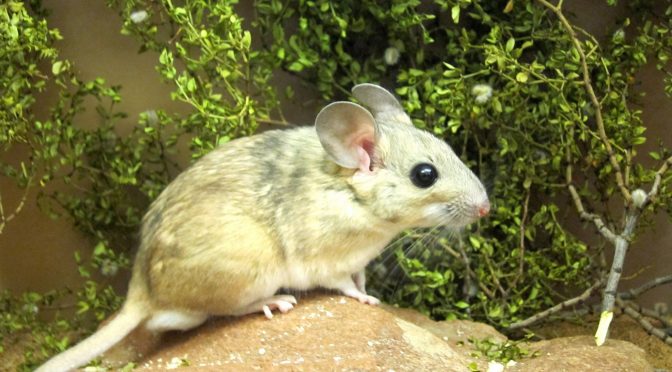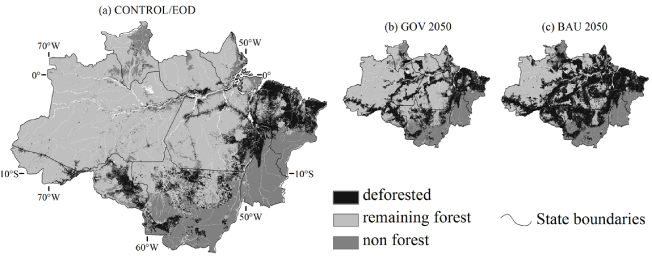Category: Climate Change
-

Climate Change Is Destroying A Unique Partnership: Wood Rats And Creosote Bushes
As the climate warms, the wood rats will disappear from the Mojave or, if they are fortunate, adapt. (Click on title or image for full story)
-
Extinction Of Large Fruit Eating Animals Worsens Climate Change
Removing large animals from the ecosystem upsets the natural balance and leads to a loss of heavy-wooded large trees, which means that less CO2 can be locked away. (Click on image or title for full story.)
-
Bark Beetles, Forest Fires And Political Shenanigans
We’ve all seen the sensational headlines: according to the U.S. Forest Service, bark beetles, spurred on by the drought, have killed 25 million trees in California’s forests this year, greatly increasing the spread and intensity of recent fires. What we haven’t seen is a critical assessment of these claims. Are bark beetles really increasing fire…
-
Saving America’s #2 Crop By Collecting Wild Sunflowers
Marek and Seiler, who works at the USDA Agricultural Research Service’s Northern Crop Science Laboratory, in Fargo, North Dakota, have spent the last 11 years traversing the American outback—from the deserts of eastern Oregon to the Florida coasts—in search of wild sunflowers.
-
As Climate Change Threatens Flowers, Their Pollinators Abandon Them
The pattern seen here may predict future effects of climate change in other systems, the authors say. Their results highlight how climate change can decouple well-established mutualisms between bees and plants.
-

Study Declares Agriculture In Deforested Amazon Will Fail
As a final word, large-scale agriculture expansion in Amazonia may introduce climate feedbacks that would reduce precipitation, leading agriculture expansion in Amazonia to become self-defeating: the results of this study suggest that the more agriculture expands, the less productive it becomes. This would be a no-win situation, in which we all lose. Therefore, agriculture expansion…
-
Climate Change Makes Poison Ivy More Dangerous.
A rise in carbon dioxide both fueled the growth of the weed and increased the potency of urushiol, the oil at the root of the rash. Poison oak and poison sumac also contain urushiol, and all three can cause the blistering rash. Airborne sap-coated soot can also get into the eyes, nose, throat and respiratory…
-
Climate Change Is A Unique Disaster For The Tallest Trees
Shrubby, low-statured plants are most likely to survive, whereas tall, old-growth forests are particularly vulnerable to warming climate.
-
Scientists Discover WHY Earlier Spring Produces Earlier Flowers
It seems that plants aim to flower not at a particular time of year, but when the optimal temperature for seed set is approaching. If the climate warms plants are clever enough to recognise this and adjust their flowering time accordingly and it feels like spring comes earlier in the year.
-
South Africa’s Iconic Plants Victims Of Climate Change
Proteas such as the king protea, which measures 12 inches across and is the national flower of South Africa, are under fire. Researchers conducting a study of proteas near Cape Town estimate that the plants’ abundance will decrease by more than 60 percent by 2050. Some protea species will become extinct. Others already have.
